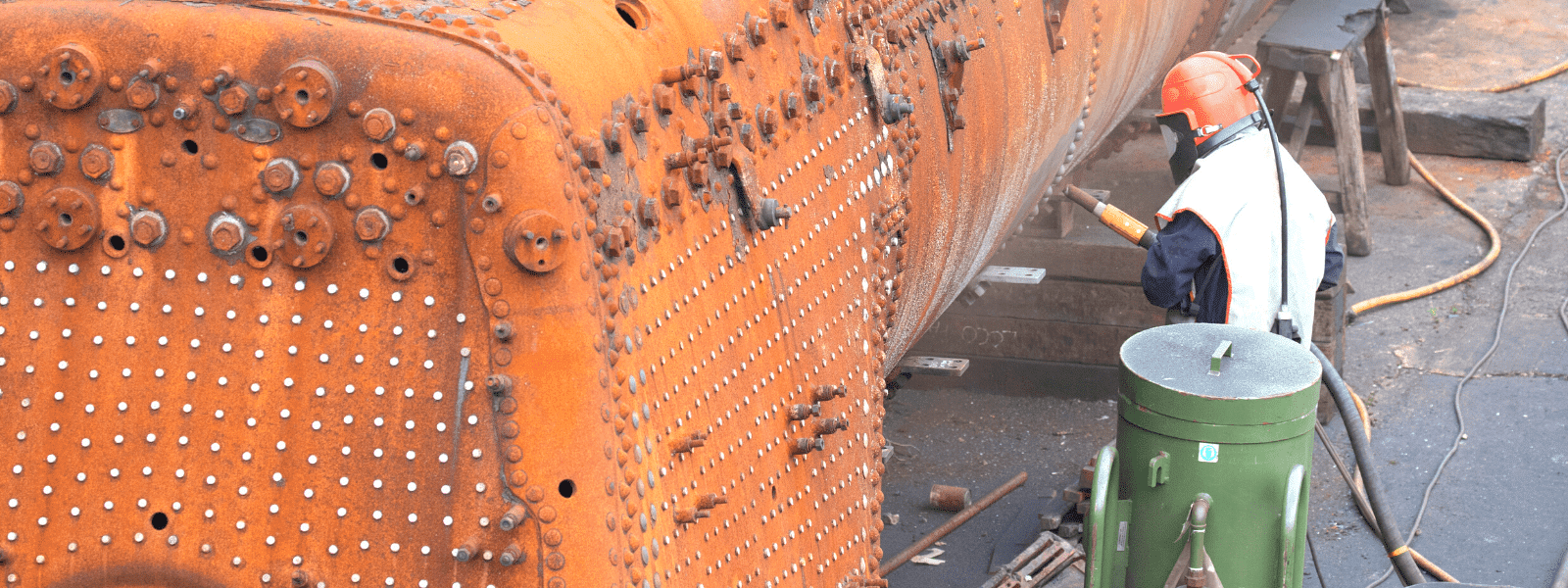As my time with Ecolink comes to an end, it has been eye-opening to reflect on my summer with this internship. Being an environmental science major...
Blog


CHEMICAL INDUSTRY NEWS
Chemical Chat – Discover What’s New!
Differences Between Deionized Water and Distilled Water
Water is a tricky topic. From filtration method to purity level, it’s hard to know exactly what type of water is right for your needs. Two specific...
Industrial Degreasing Solvents
Are you interested in learning about industrial degreasers and how they can benefit your business? This blog post will discuss what industrial...
What Are Mineral Spirits Used For?
Mineral spirits, also known as white spirits, are petroleum-based solvents that have a variety of everyday and...
Differences Between Deionized Water and Distilled Water
Water is a tricky topic. From filtration method to purity level, it’s hard to know exactly what type of water is right...
Company News

Managed Services
Discover the Latest in Safe and Sustainable Chemical Solutions
Stay informed with Ecolink’s blog! Subscribe now
Chemical Management Information
Stay updated with us
Sign Up for the Latest Updates
Stay informed about chemical supply chain disruptions and emerging innovations to keep your business at the forefront of efficiency and innovation. Uncover new ways to make your business practices more sustainable by incorporating safer products into your cleaning lineup.

























